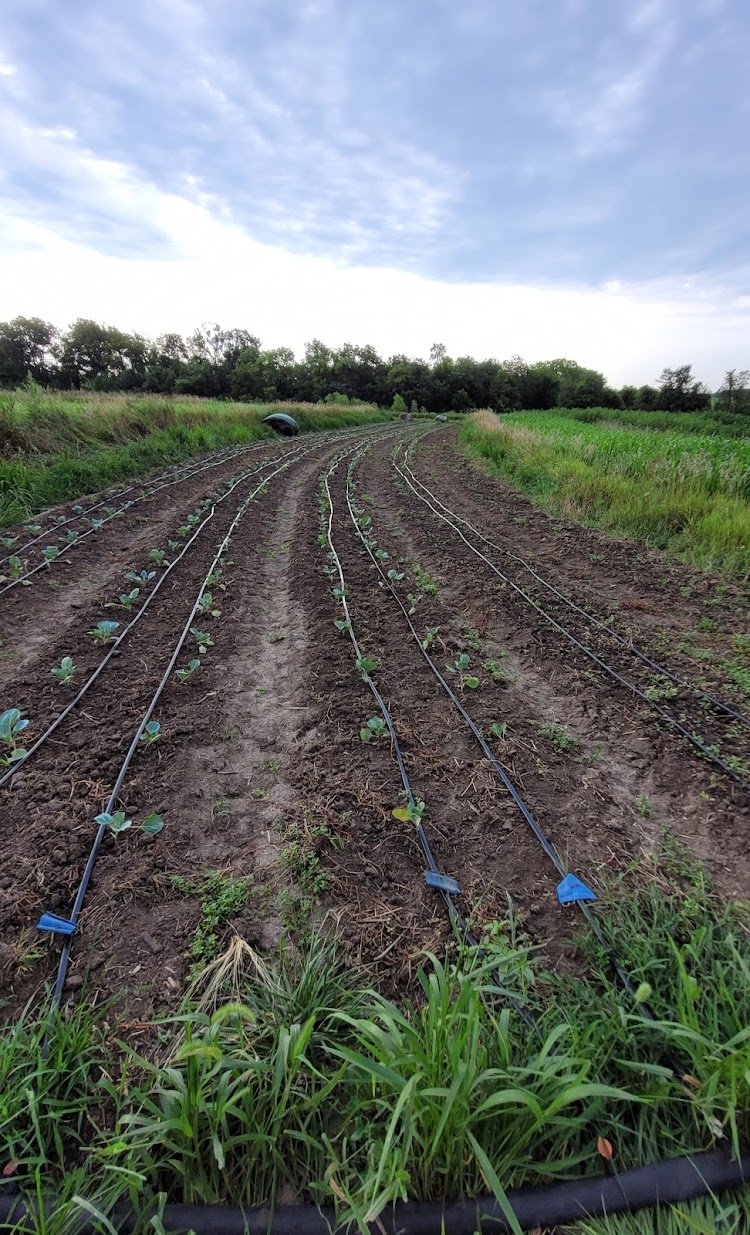
Regenerative Agriculture - The Climate Solution
A WIN WIN WIN PROPOSITION
Regenerative Agriculture versus conventional agriculture changes agriculture from a carbon emitter to a carbon sink. It is calculated that we currently emit approximately 40 billion gigatons of carbon (or, greenhouse gas emissions - GHGs) per year. If we converted all conventional agriculture and grazing systems, we would sequester 43 billion gigatons per year. Although different soils take different amounts of time to become effective carbon sinks, it is a known technology that is in use today and can be proven. It has many other benefits for the farmer, the planet, and the consumer, such as:
The Farmer: The farmer makes soils more resilient. They can absorb more water and better retain it to reduce run-off, which will be even more important with more frequent heavy rain and drought events. Cover crops help to eliminate erosion and keep the soil temperature cooler. The farmer uses fewer chemicals and, as a result, less fuel. The crop yields go up over time as soil carbon increases. In grazing, the livestock are healthier and require fewer antibiotics. The farmer should make more money. The crops should demand more money. The farmer can get carbon credits as additional income.
The Planet: The planet benefits by sequestering carbon and reducing pollution in streams, rivers, and oceans as a result of more water being absorbed by the fields and less chemical use. Cover crops act as natural fertilizers and reduce the need for chemical nitrogen (whose production also creates GHGs). The biome is restored to its natural state, and plants, animals, birds, and insects thrive.
The consumer: The consumer benefits by eating healthier food, buying food that is sustainable, and getting food that has fewer chemicals sprayed on it. This food is protein dense as a result of its mostly organic growth. Consumer demand for regenerative agriculture gives the consumer the ultimate say in healing the planet by asking for and buying these types of products.

The basic tenets of regenerative/restorative agriculture
Disturb the soil as little as possible. There is a biome of mycorrhizal fungi, soil organic matter (SOM), nutrients, and helpful microbes that are destroyed when conventional tillage is used. Many farmers are switching to “drilling” seeds as opposed to conventional tilling. Opening up the soils actually releases carbon instead of being a carbon sink.
Keep the soil covered at all times. This means planting cover crops when the main crop is not in place. Keeping the soil covered helps keep the temperatures less extreme, prevents erosion from rain and wind, and is the armor that protects soil. Often times these cover crops are rolled and crimped to provide nitrogen and increase SOM prior to planting cash crops. This also helps sequester more carbon.
Keep living roots at all times. This can be accomplished by having different plants with deeper root systems as part of the system - often perennial. The web of activity below the surface is a natural wonder. The fungi call for various nutrients to be brought to the plants as needed. This makes carbon sequestration continual.
Diversify the crops planted. Many crops are better than monoculture cropping, as the diversity helps stave off insect swarms and disease. Many crops also require different nutrients. This makes the field more resilient.
Graze the ground after harvest. This is very beneficial to the land, and the method called “mob-grazing”, or, concentrated grazing, for a short period of time is even more effective.
